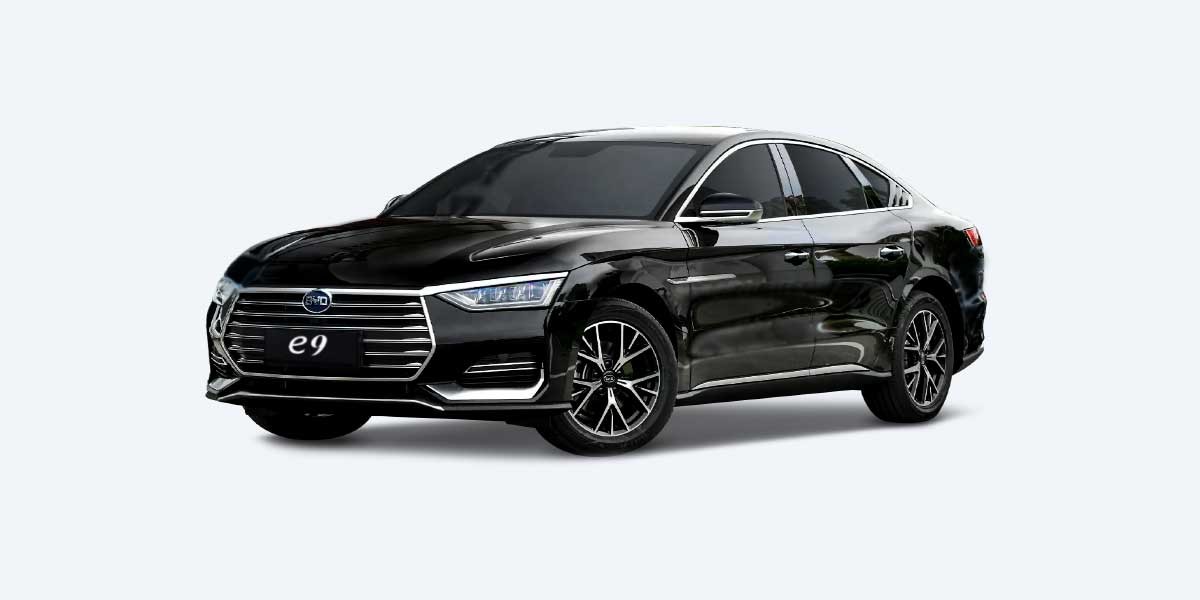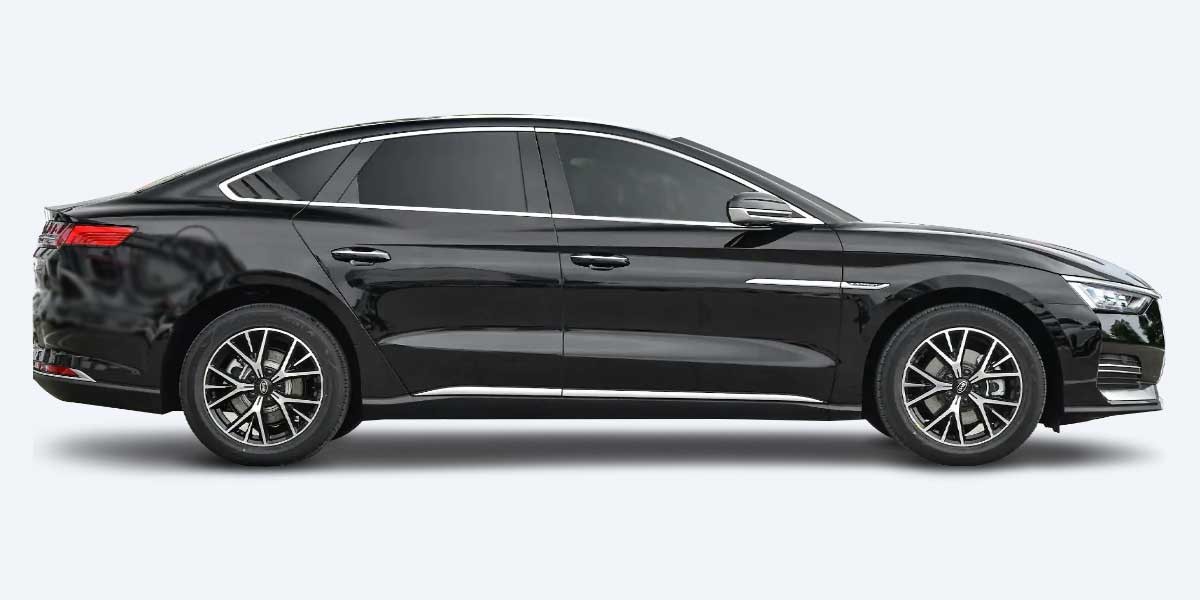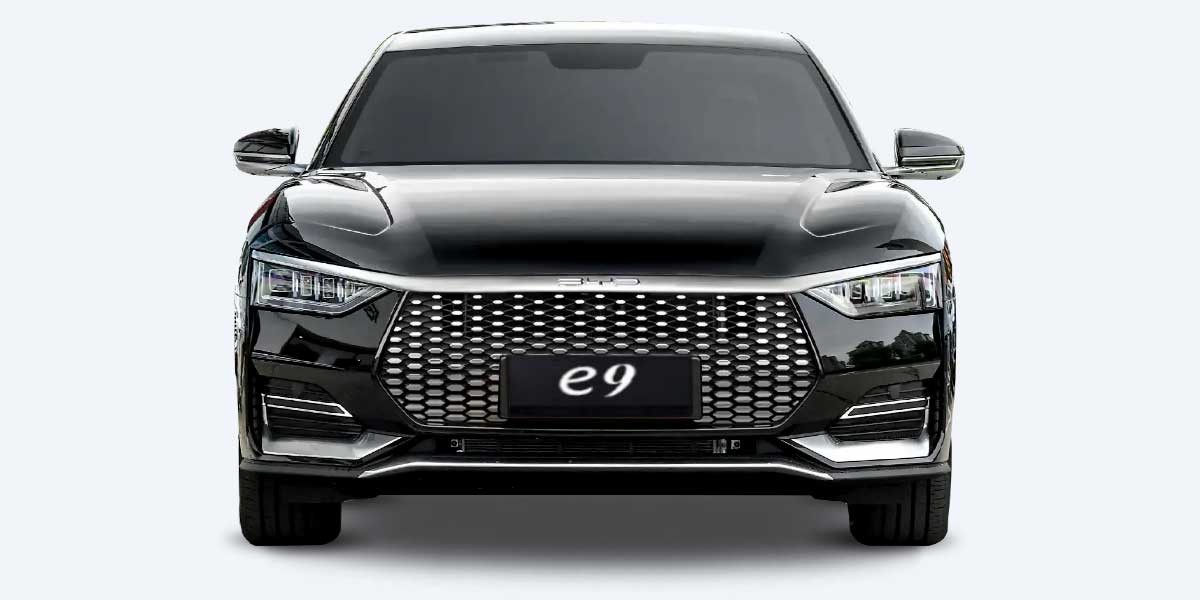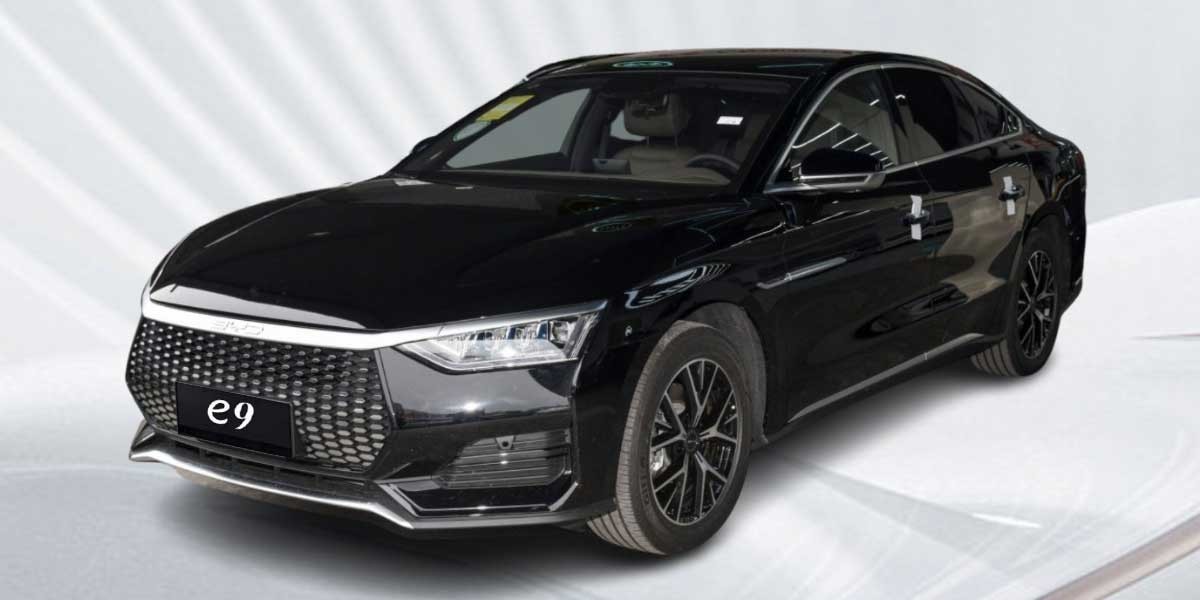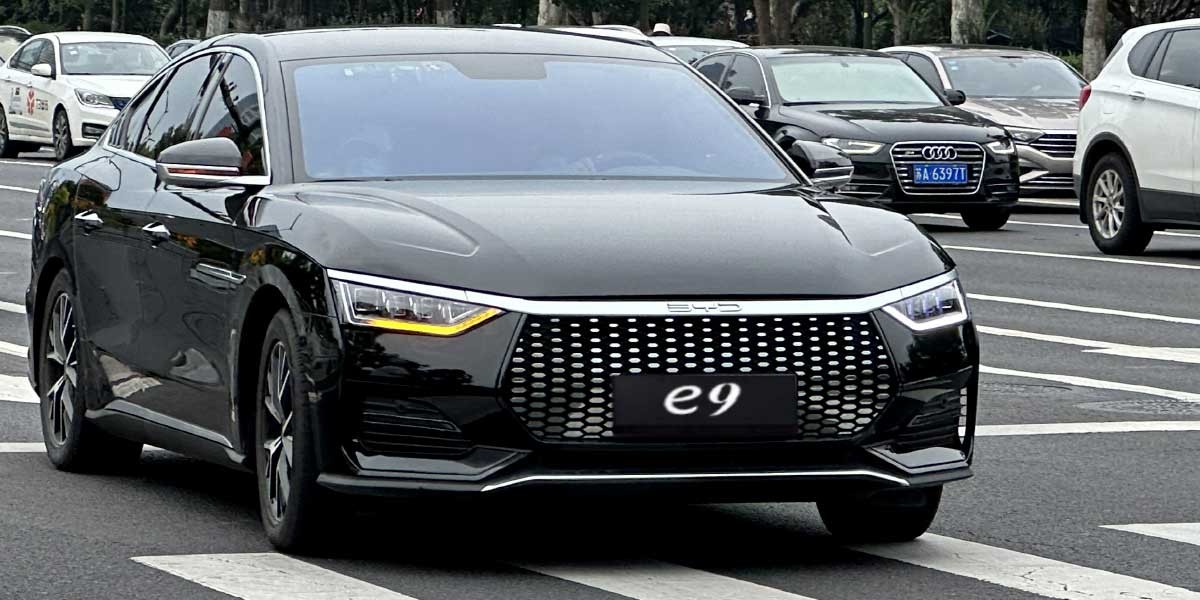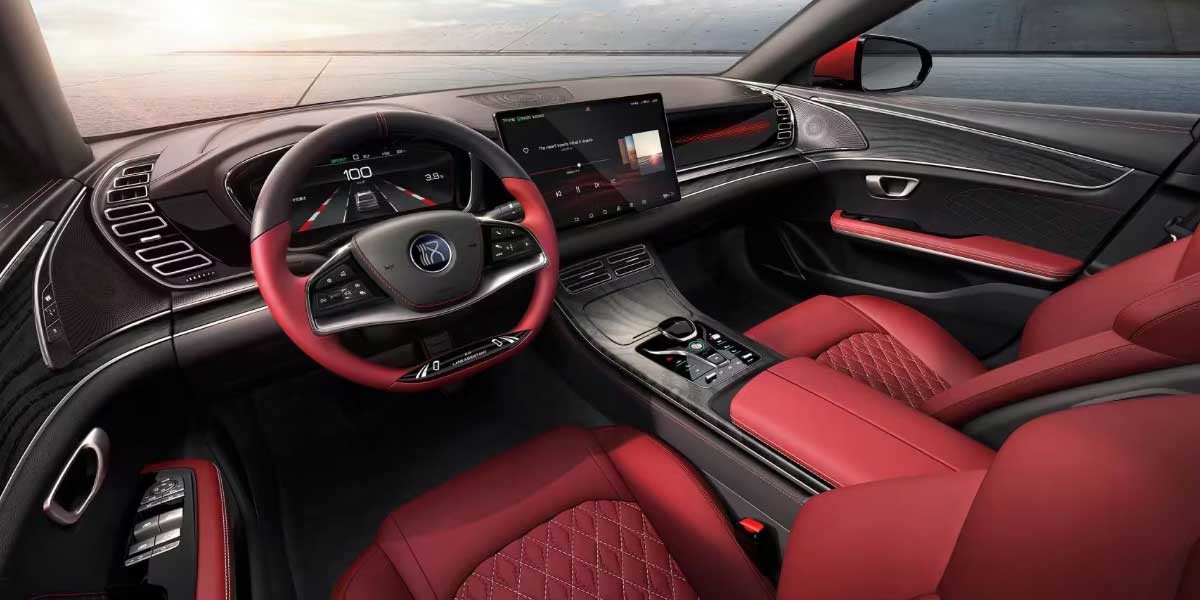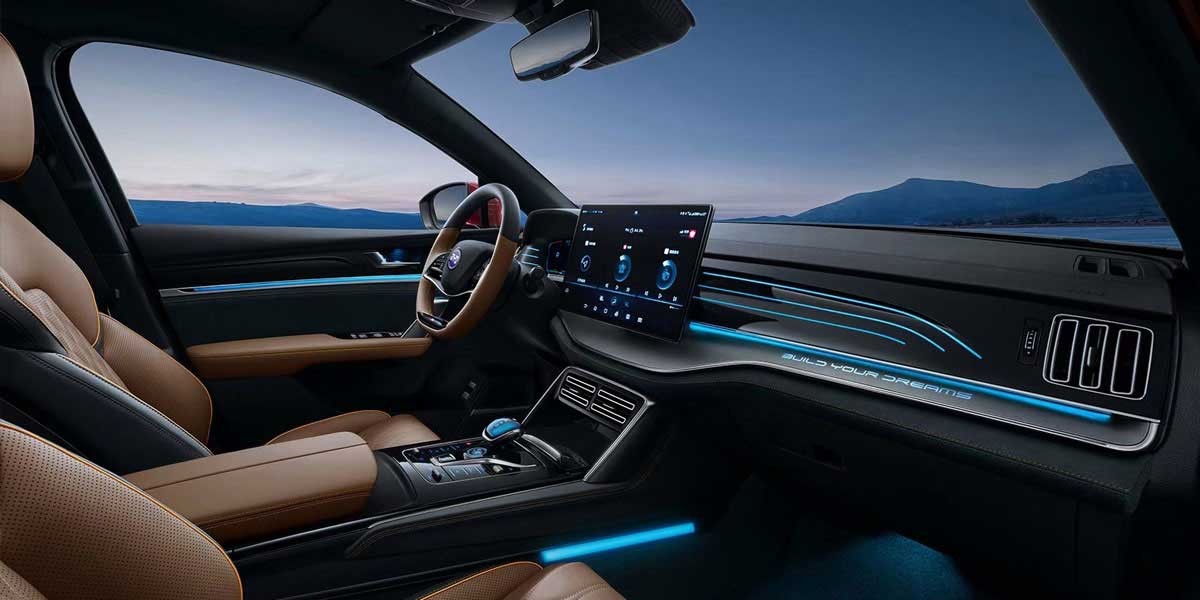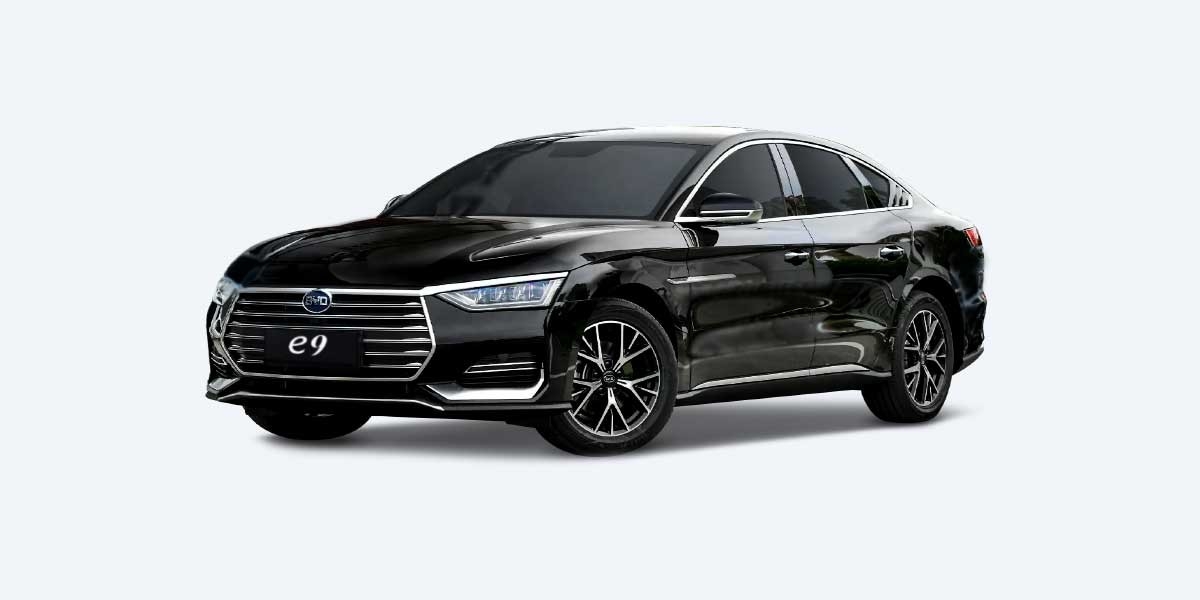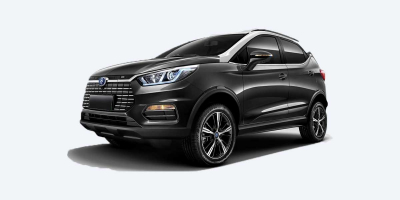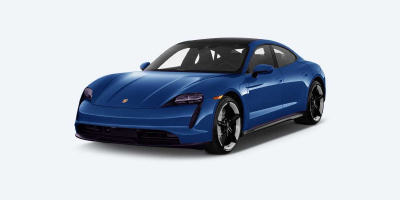BYD e9
User Rating: 3.75 / 5
![]()
![]()
![]()
![]()
![]()
BYD e9 Review ⚡
What is BYD e9?
BYD e9 is an innovative electric bus designed for urban transportation. It combines impressive range with zero emissions, providing an eco-friendly solution for city commuting. Crafted for efficiency and comfort, it leads in sustainable public transit.
BYD e9 price:
US$ 36000 *
| manufactured in | China |
| sales start | 2021 |
| range (km) | 506 |
| battery (kWh) | 64.8 |
| max. speed (km/h) | 185 |
| 0 to100 km/h | 7.9 |
| power (h.p.) | 222 |
| car type | sedan |
| drive type | FWD |
* Minimum price set by the manufacturer, excluding taxes and additional options
Electrifying The Horizon: The BYD e9 Sedan's Surge
Gazing upon the electric highway, the BYD e9 emerges not merely as a vehicle but as an embodiment of automotive sorcery, marrying swiftness with sustainability. In the odyssey that is electric vehicle exploration, the e9 commands attention, promising a voyage steeped in innovation and environmental stewardship.
Thrills Galore: Power and Pace Unleashed
Under the sleek hood of the BYD e9 lies a beast yearning for the open road. With 222 galloping horses (163 kW) under its command and a torque of 330 Nm, it conquers the 0 to 100 km/h stretch in a mere 7.9 seconds. Such electrifying prowess is the result of meticulous engineering, endowing the e9 with the soul of a highway champion.
Mastery of Efficiency: The e9's Energy Ethos
Not content with mere speed, the BYD e9 invites admiration for its frugality in energy consumption, clocking in at 12.8 kWh per 100 kilometers. This virtue not only amplifies its range but also lessens the ecological imprint, positioning the e9 as a harbinger of a greener tomorrow.
Single Motor Sophistication
The secret behind the e9's proficient energy usage? A solitary motor, ingeniously paired with a Front-Wheel Drive (FWD) system and a Permanent Magnet Synchronous Motor. This configuration ensures a harmony of power distribution, epitomizing the zenith of electric vehicle efficiency.
The Soul of the Sedan: Battery and Charging Wizardry
At the heart of the BYD e9’s dynamism is its cutting-edge battery technology—a 64.8 kWh battery pack. This formidable power store gifts the e9 with a voyage capacity of 506 kilometers (314 miles) on a solitary charge, deftly catering to both nomadic wanderlust and daily commutes.
Charging with Alacrity
The need for speed transcends the road, with the e9’s charging capabilities. It embraces both DC and AC inputs, with a 50 kW DC influx refilling the battery in a swift 30 minutes. For the domestic sphere, a 6.6 kW AC injection ensures readiness for the next adventure.
A Glimpse into the BYD e9's Physique and Aesthetics
With dimensions that speak volumes of its grace and spaciousness, the BYD e9 spans 4980 mm in length, 1940 mm in width, and stands tall at 1495 mm. Inside, it promises an oasis of comfort for both the voyager and their cargo.
Decoding The Extras
- Type of Vehicle: Electric Sedan
- Year of Genesis: 2021
- Autonomy in Driving: Absent
- Birthplace: China
Safety: A Paramount Priority
The tapestry of the BYD e9 is woven with threads of safety, although specifics remain shrouded in mystery. However, rest assured, BYD’s dedication to safeguarding its occupants shines brightest in their vehicular creations.
Unveiling the Miscellany
The BYD e9 is not simply an electric sedan; it's a testament to a shifting paradigm towards sustainable, efficient transportation. While we’ve unfurled the essence of the e9, its journey is replete with continual evolution, with BYD at the helm of this electrifying expedition.
F.A.Q. about BYD e9:
What is the range of the BYD e9 on a single charge?
The BYD e9 has a range of 506 kilometers (approximately 314 miles) on a single charge.
How long does it take to fully charge the BYD e9?
The charging time will depend on the type of charger used. Typically, it takes about 8-10 hours using a standard home charger (7.4 kW), or around 1.5 hours using a fast charger (50 kW).
Are electric vehicles more expensive than gasoline cars?
Electric vehicles like the BYD e9 can be more expensive upfront, with a price of around $36,000 (€33,800 or £29,300). However, they often save money over time due to lower fuel and maintenance costs.
What are the maintenance requirements for the BYD e9?
Maintenance for the BYD e9 is typically lower than for gasoline cars, as there are fewer moving parts. Regular checks on the battery, brakes, and tires are still necessary.
What is the power output of the BYD e9?
The BYD e9 boasts a total power output of 222 horsepower (approximately 165 kW).
What is the battery capacity of the BYD e9?
The BYD e9 is equipped with a 64.8 kWh battery.
What is the acceleration of the BYD e9 compared to other EVs?
The BYD e9 can accelerate from 0 to 100 km/h (0 to 62 mph) in 7.9 seconds, which is competitive with many other electric sedans in its class.
What is the top speed of the BYD e9?
The BYD e9 has a maximum speed of 185 km/h (approximately 115 mph).
Can electric vehicles be charged at any charging station?
The BYD e9 can be charged at most public charging stations, as it supports common charging standards like CCS and Type 2 connectors.
Do electric vehicles have fewer parts than gasoline vehicles?
Yes, electric vehicles, including the BYD e9, generally have fewer mechanical parts than gasoline vehicles, which often results in lower maintenance costs.
Comparison of BYD e9:
Range
The BYD e9 marches onto the scene with a commendable range of 506 km (314 miles), easily brushing shoulders with the Tesla Model 3 Standard Range Plus, which boasts 423 km (263 miles). Meanwhile, the Nissan Leaf Plus trails behind with 364 km (226 miles), and the Chevrolet Bolt EV makes a decent push at 417 km (259 miles). The Hyundai Kona Electric defends its turf valiantly at 484 km (301 miles). The BYD e9 unquestionably edges out most of its competitors in the endurance category.
Acceleration
Now, lets talk about the thrill of the chase. The BYD e9 accelerates with the gusto of a cheetah on Red Bull, achieving 0 to 100 km/h (0 to 62 mph) in 7.9 seconds. Its certainly no sloth but stands behind the whippet-like Tesla Model 3 Standard Range Plus clocking an astonishing 5.6 seconds. The Nissan Leaf Plus scrambles to 100 km/h in a more pedestrian 7.3 seconds, while the Hyundai Kona Electric strikes a middle ground at 7.6 seconds. The Chevrolet Bolt EV remains in the chase with a respectable 6.5-second burst.
Power
With a robust 222 h.p. (165 kW), the BYD e9 stands tall but is somewhat overshadowed. The Tesla Model 3 Standard Range Plus flexes its electric muscles with 283 h.p. (211 kW). The Nissan Leaf Plus rolls with 214 h.p. (160 kW), and the Chevrolet Bolt EV strikes a commendable note at 200 h.p. (150 kW). The Hyundai Kona Electric pitches in earnestly with 201 h.p. (150 kW).
Charging Time
For those moments when youre waiting in the wings, charging times are crucial. The BYD e9s 64.8 kWh battery will juice up to 80% in around 45 minutes using a rapid charger. The Tesla Model 3 Standard Range Plus with a slightly smaller 54 kWh net capacity, hits 80% in just about 30 minutes. The Nissan Leaf Plus and its 62 kWh battery reach 80% in roughly 40 minutes, whereas the Chevrolet Bolt EV with its 66 kWh pack needs about an hour. The Hyundai Kona Electrics 64 kWh battery takes a swift 54 minutes. The BYD e9s charge time is commendable, though not revolutionary.
Price
And finally, the clincher: the price tag. The BYD e9 humbly asks for around $36,000 (€33,000 or £28,000). The Tesla Model 3 Standard Range Plus sits loftily at about $39,990 (€36,700 or £32,900). The Nissan Leaf Plus is the penny-pinchers choice at approximately $32,500 (€29,800 or £26,800). The Chevrolet Bolt EV keeps its head above water at around $37,500 (€34,500 or £30,800), and the Hyundai Kona Electric stands firm at roughly $37,190 (€34,300 or £30,600). The BYD e9 offers a strong value proposition without climbing to stratospheric prices.
Engaging in this EV skirmish, the BYD e9 artfully balances range, power, and price, bolstering its standing amongst both tech enthusiasts and everyday eco-warriors alike.Submit a request to add information about your company to the MOTORWATT EV Database

